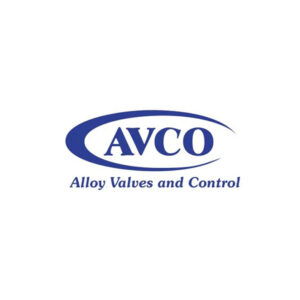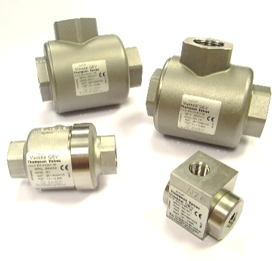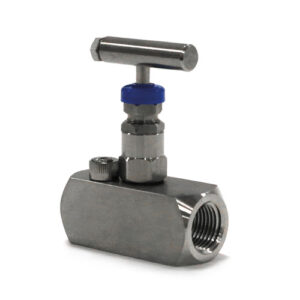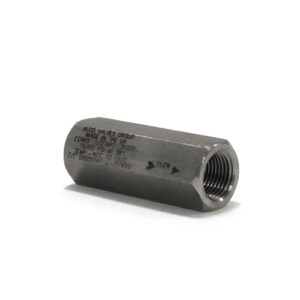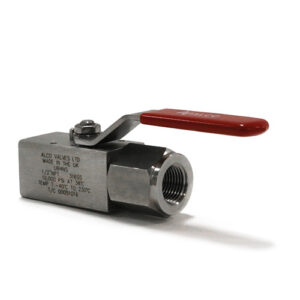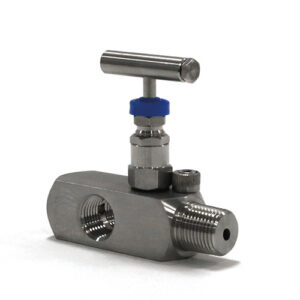Needle Valves are primarily used to isolate delicate pressure instrumentation in Oil & Gas applications. A needle valve is comprised of a small, shaped flow port and a threaded, needle-shaped plunger. By moving the needle into the port aperture it allows very precise flow regulation. Needle valves can cope with pressures (up to 10,000psi), and are often manufactured from high grade stainless steel or other exotic alloys.
Get in touch
- +44(0)1704 898980
- sales@mgacontrols.co.uk
- MGA Controls Ltd
Unit 6, Swordfish Business Park
Off Higgins Lane, Burscough
Lancashire, L40 8JW
Need help?
Our team of technical experts are trained on the intricate details of our product offering, but also can also boast many years worth of industry and application experience. Allow us to understand your problems and help you overcome them by recommending innovative, efficient and cost-effective solutions from our portfolio of World leading manufacturers.


